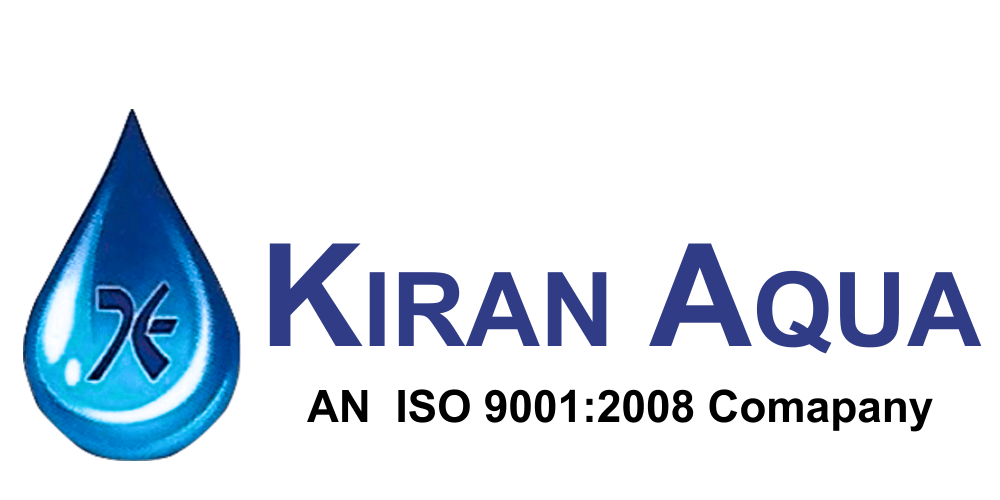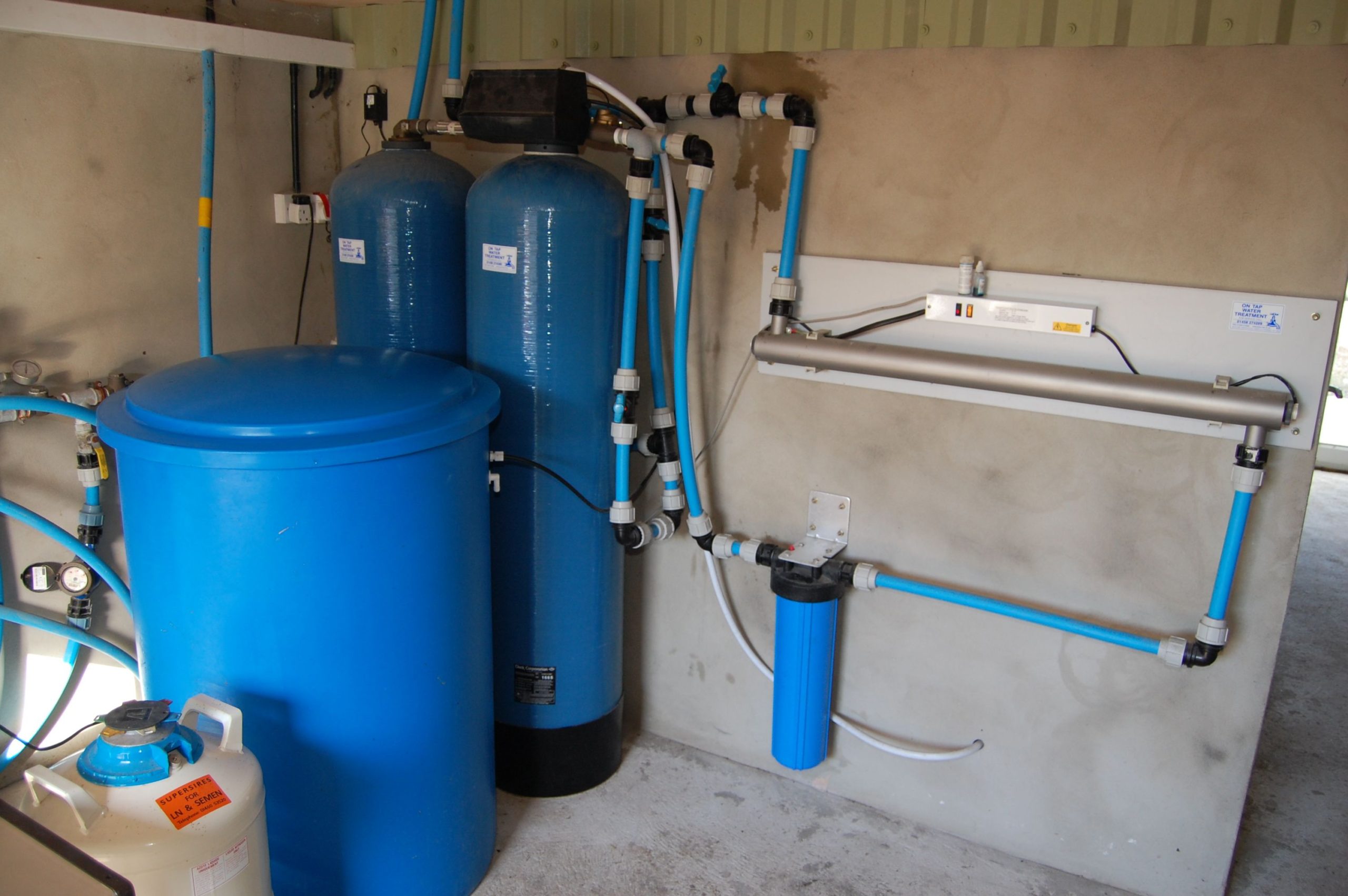- Home Water Softener
Water Softener
Introduction
Eliminating or reducing water hardness is done with a piece of equipment known as a water softener. It is inside this softener where the ion exchange process occurs. A softener is composed of different components, each having their own unique purpose. The heart of the softener is the mineral tank which is a pressure vessel usually constructed out of fiberglass. These tanks are filled with negatively charged ion exchange resin. The brains of the softener lie in the control valve or softener head as it is commonly referred to. Most popular water softeners have an automatic regenerating system. The most basic type has an electric timer that flushes and recharges the system on a regular schedule. During recharging, soft water is not available. A second type of control uses a computer that watches how much water is used. When enough water has passed through the mineral tank to have depleted the beads of sodium, the computer triggers regeneration. These softeners often have reserve resin capacity, so that some soft water will be available during recharging. A third type of control uses a mechanical water meter to measure water usage and initiate recharging. The advantage of this system is that no electrical components are required and the mineral tank is only recharged when necessary.
Process
Water treatment is any process that improves the quality of water to make it appropriate for a specific end-use. The end use may be drinking, industrial water supply, irrigation, river flow maintenance, water recreation or many other uses, including being safely returned to the environment. Water treatment removes contaminants and undesirable components, or reduces their concentration so that the water becomes fit for its desired end-use. This treatment is crucial to human health and allows humans to benefit from both drinking and irrigation use.
Water softening is the removal of calcium, magnesium, and certain other metal cations in hard water. The resulting soft water requires less soap for the same cleaning effort, as soap is not wasted bonding with calcium ions. Soft water also extends the lifetime of plumbing by reducing or eliminating scale build-up in pipes and fittings. Water softening is usually achieved using lime softening or ion-exchange resins but is increasingly being accomplished using infiltration or reverse osmosis membranes.
Request an expert call back on Water Softening
Call us via +91 94311 14654 or visit us at Jokhi Ram Market, J.J Road, Upper Bazar, Ranchi, Jharkhand - 834001
Contact Us
We are always at your service. You can contact us at -
Jokhi Ram Market, J.J Road, Upper Bazar, Ranchi, Jharkhand - 834001
+91 94311 14654
[email protected]Quick Links
© Powered By CN Digital | Login


